| One day in mid-November of last year, it all became clear. Clear why Georgia O'Keefe spent so much time in New Mexico. Clear why she, like so many other artists, were and are drawn to the desert. Clear why paintings born of coastal southern California are not the same as those of the Basin and Range. Clear why artists travel. Clear why they are attuned to the seasons. Oh. I said to myself, that November day. Oh. And also oh no. What happened was that the sun disappeared. Poof. Gone. Not to return really at all until... well... maybe next week? Some of the things they say about the Pacific Northwest are true (at least on the western flank of the Cascade range). One of these is that, for a great number of months per year, it is raining. And when it is not raining, it is cloudy. One day, poof goes the sun. Poof. Goodbye. See you in seven months. (At the end of the Season of Darkness, the citizens emerge from their caves blinking and bleary-eyed. It takes a week or two for one's eyes to adjust again to the sunlight. Out running one day in late spring, I really did find myself thinking, "what's that?" when I saw a bright orb break through the clouds. I had forgotten. This is not an exaggeration.) When the Season of Darkness hit, I had been drawing tomatoes and their kin in direct sunlight for my Market Season calendar project. And then, quite suddenly, I could not. My light source was gone. And there was naught to be done but wait. I could not up and go to a place with winter sun. I could not bring the sun back. And there was also this conundrum: if the sun's light is gone when the quinces are available to draw, you cannot draw actual qunices - sitting-on-the table-in-front-of-you-qunices - in sunlight. It is not possible. So, what to do with all the drawings of winter fruits and veggies I had been planning? (I do not, as yet, have a ready answer, and thus I have no Market Season calendar to offer you. I will one day, but it will require a new approach.) So yes. The light. It matters. It is a precious thing, to be cherished. It quite literally shapes place. Forms show their shapes because of the light, interacting with atmosphere -- with Oregon mist and rain, like a veil, or cutting through the clear New Mexican air to cast sharp shadows on mesa tops. Time shows its progress because of the sun's light, interacting with form. Form the size of mountains. Form the size of mint in a jar. Form the size of a tiny ant's feet. I knew this, and have lived in this particular place long enough to know that precious sun light would go away for a spell, and with it my direct-sun art season. But I did not, until making the loop through this first complete seasonal cycle of art-making, really take it all in: The summer lesson that still-life is not still. The winter lesson of the Season of Darkness. And then there was the lesson of the tree, may she rest in peace. A beautiful bay laurel, 36 years old plus or minus, healthy as a horse, with a trunk two-and-a-half feet across. I am told she started her life as a wee volunteer along the fence line. Well, back in September, the power company decided she was a problem. Never mind that she had weathered the previous winter's historic ice storm with cool aplomb when scores of other trees in town were chewed up by it. Never mind that she had not caused the power lines a problem in all those 36 years. Never mind that she wrapped around my second floor dining-studio, making it like living in a tree house. For eight years I ate breakfast eye to eye with the squirrels and the birds, and reveled in the golden light on the leaves in the morning and evening. Never mind all that. It was decided she had to go. And with her passing, the color and intensity of the light in my studio were changed immediately and forever. My communion with the ecosystem of the tree -- its bird-citizenry shifting with the seasons, its blossoms and seed pods, its squirrel nests, its light and its shade -- was gone. And I have not really recovered from the loss. (The photos are of the light in the studio before the tree was taken.) Yes, place matters: place as small as a tree canopy or as big as New Mexico. It matters to art, and to the human spirit. It's ingredients, and the particular place-recipes that make each one unique (even in this internet-connected, jet-traveling world) matter. It matters that the light and space are different in New Mexico than in Oregon. It matters that the they are different inside the canopy of a bay-laurel tree than next to a bare power pole. And place matters to me because the things that shape places are my subject-matter and my inspiration, and my solace. So, in some ways, it was for me a year with a rough set of lessons. But it also showed me the world through a wonderful new set of spectacles. Spectacles of color and light and form, and air and atmosphere and every-day beauty. It gave me permission to go and see the world through these spectacles. And make art there. And see how it shapes what I make. And see how the making shapes how I see. So I will soon take my first adventure in these new spectacles. I will set off in a couple of days for the Atlantic coast, where I will be drawing and painting and taking a series of workshops. Where? I will keep the mystery alive for now... I wonder what the light is like there. And if there are any bay-laurel trees. |
|
AuthorMelinda Nettles, proprietor of LEAN2creativeworks, an independent art and illustration studio located in the Cape Cod town of Eastham, Massachusetts. NEWSLETTER SIGNUPArchives
January 2023
Categories |

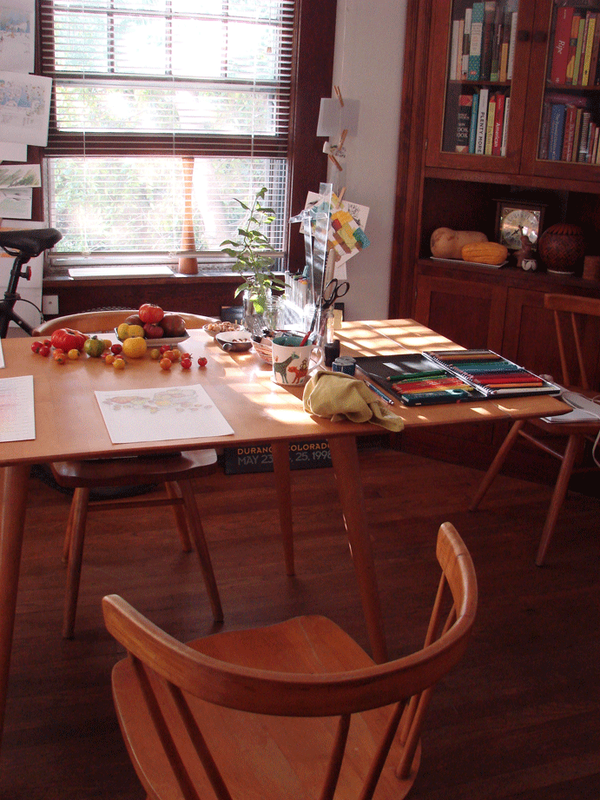
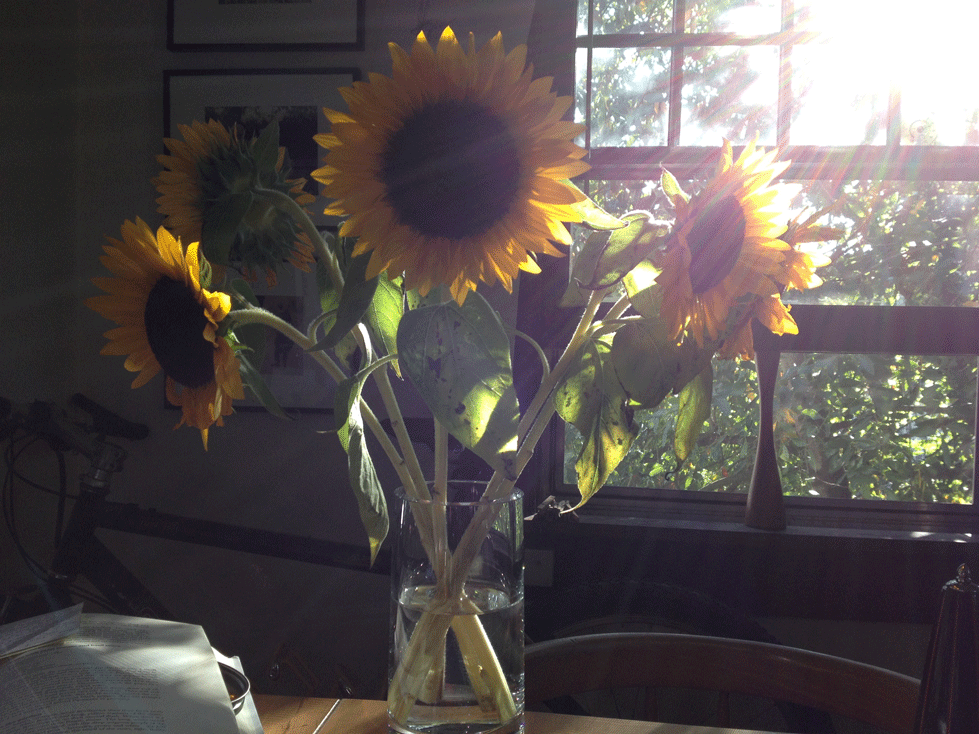
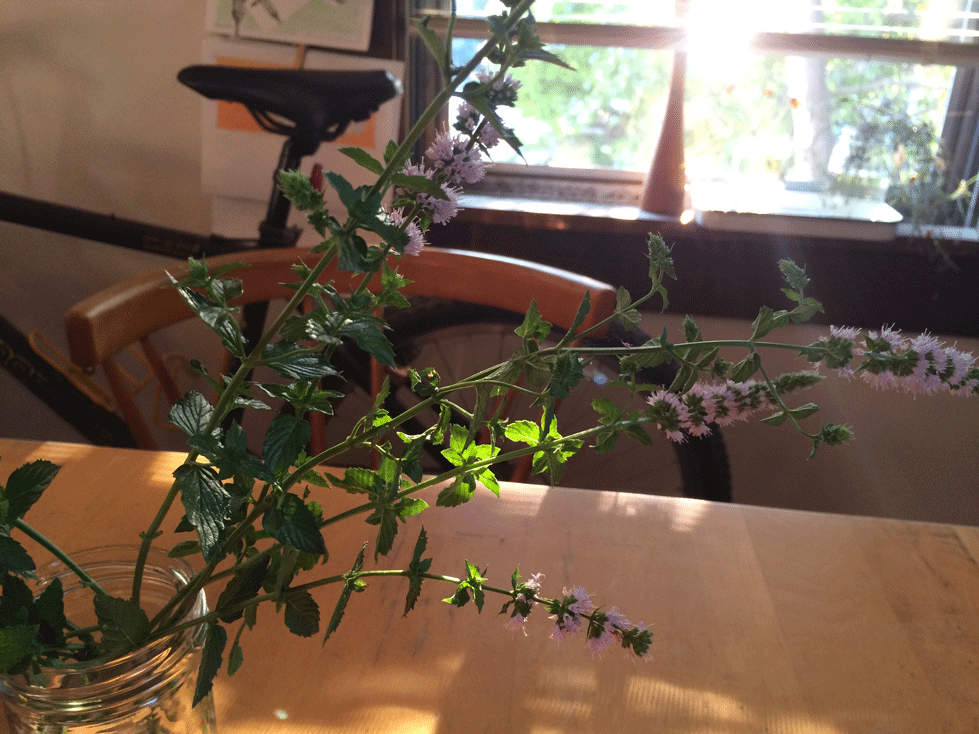
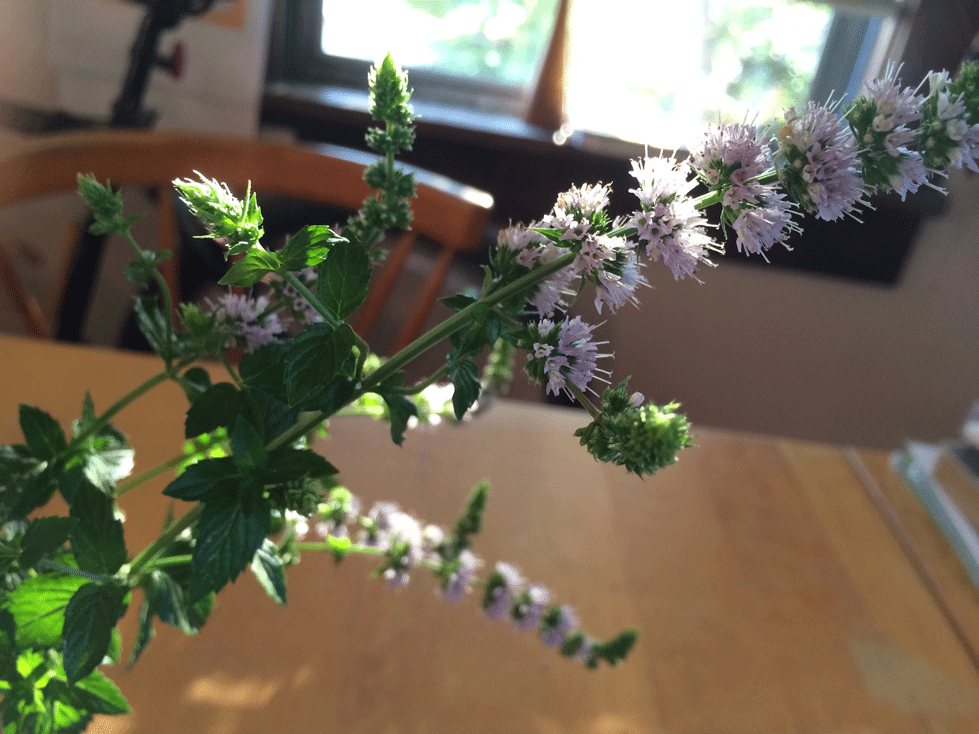
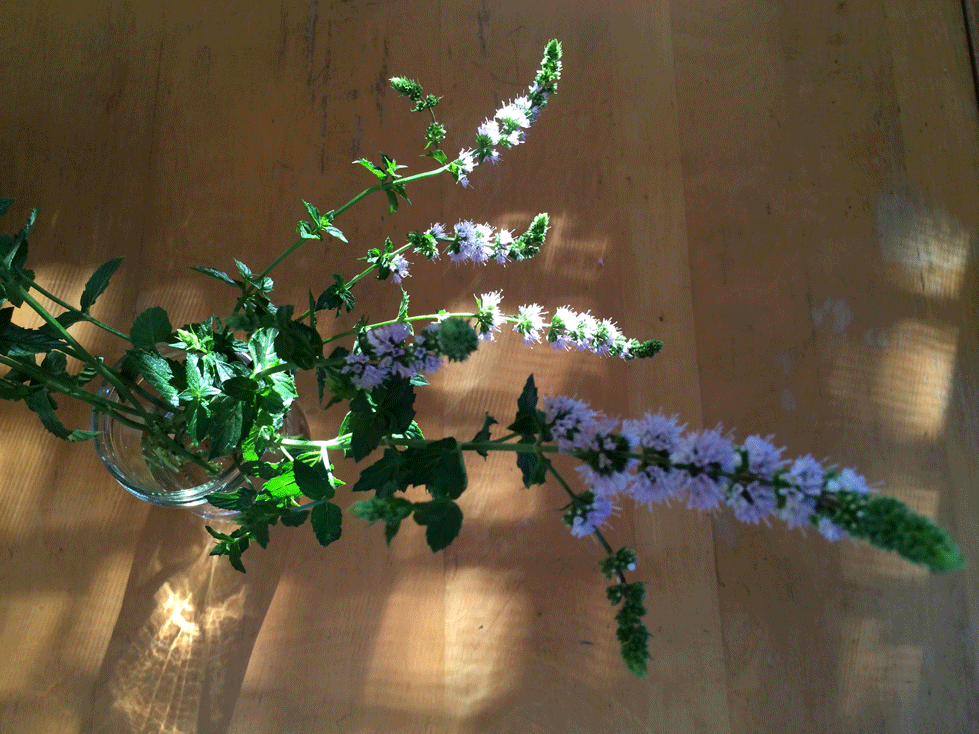
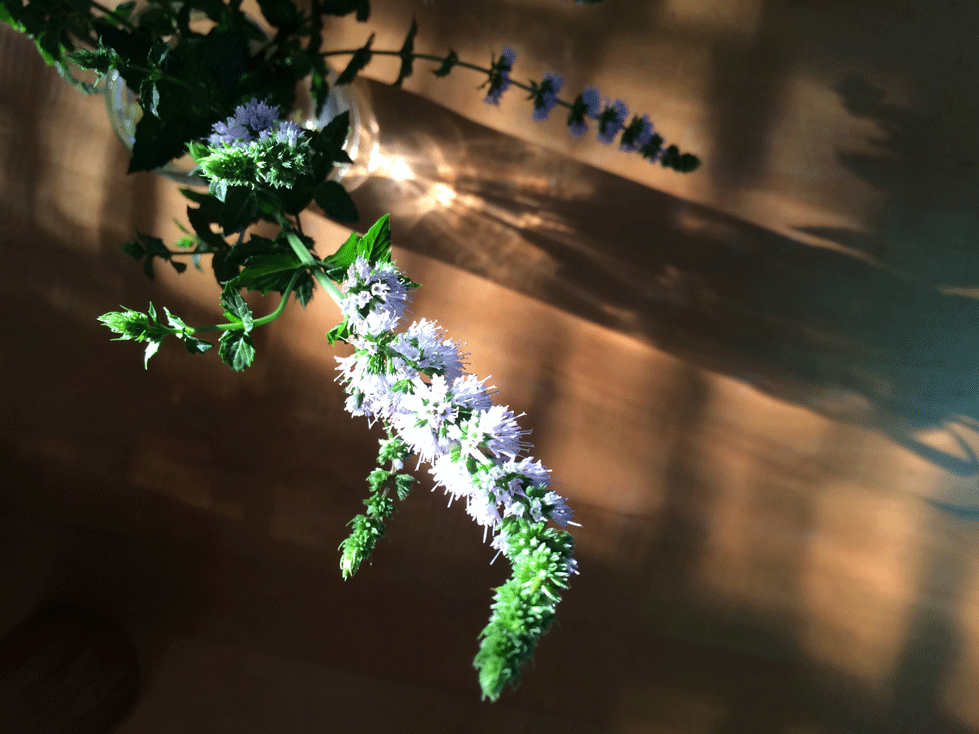
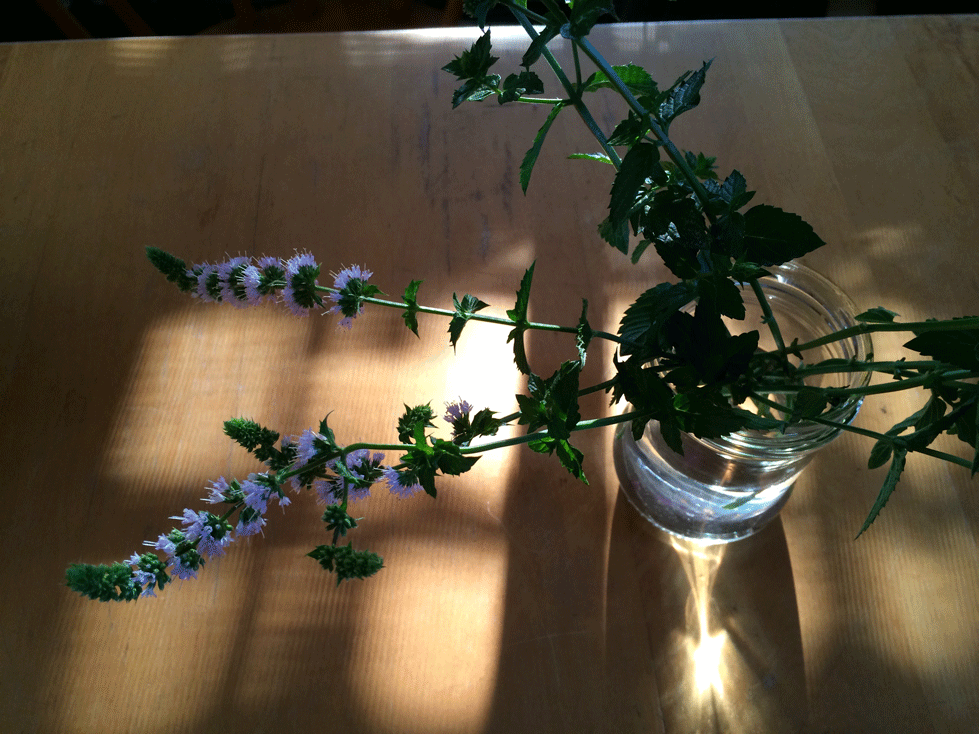
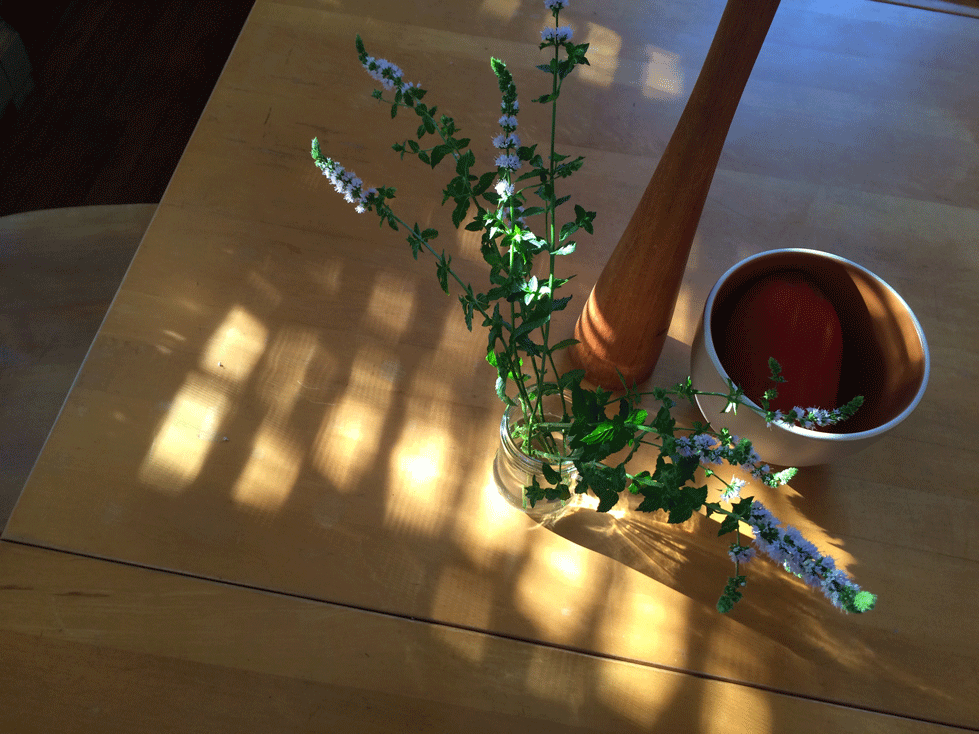
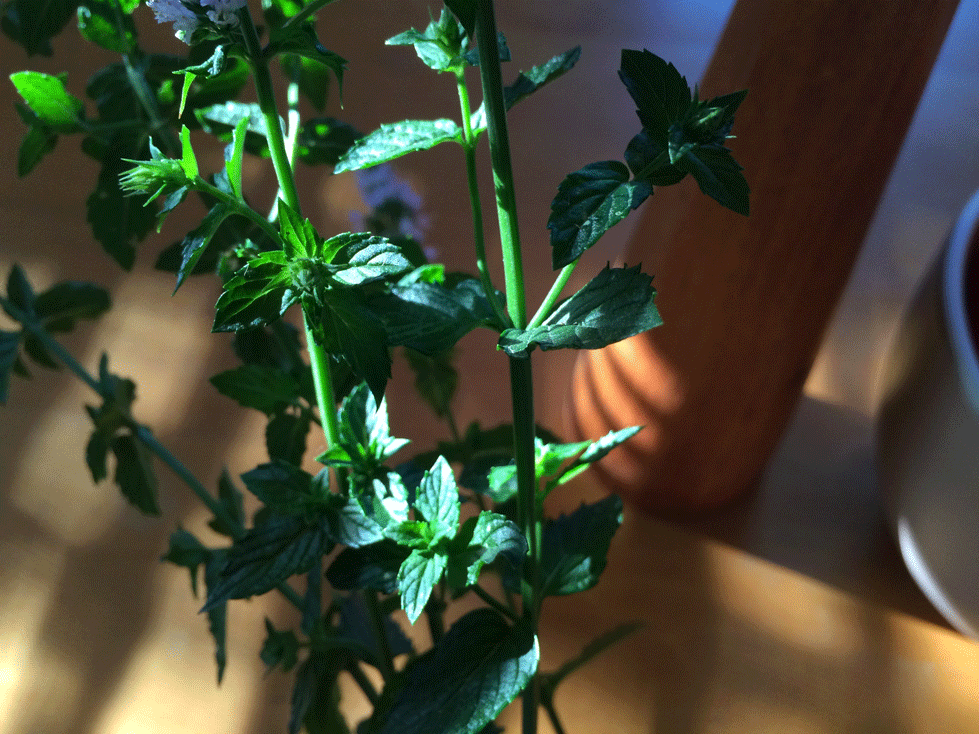
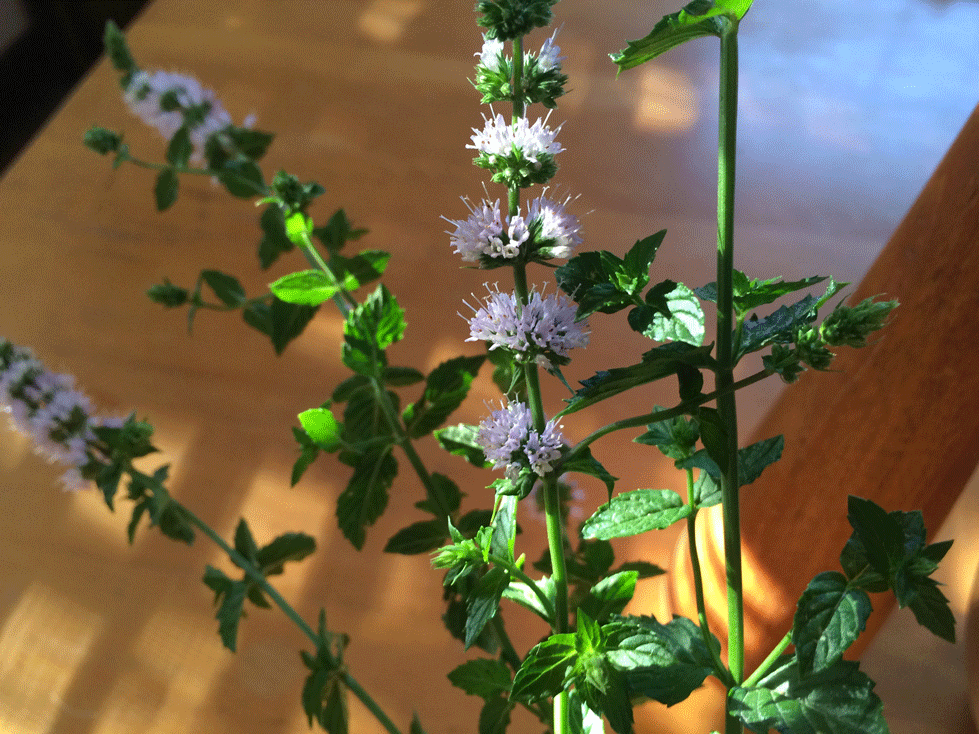
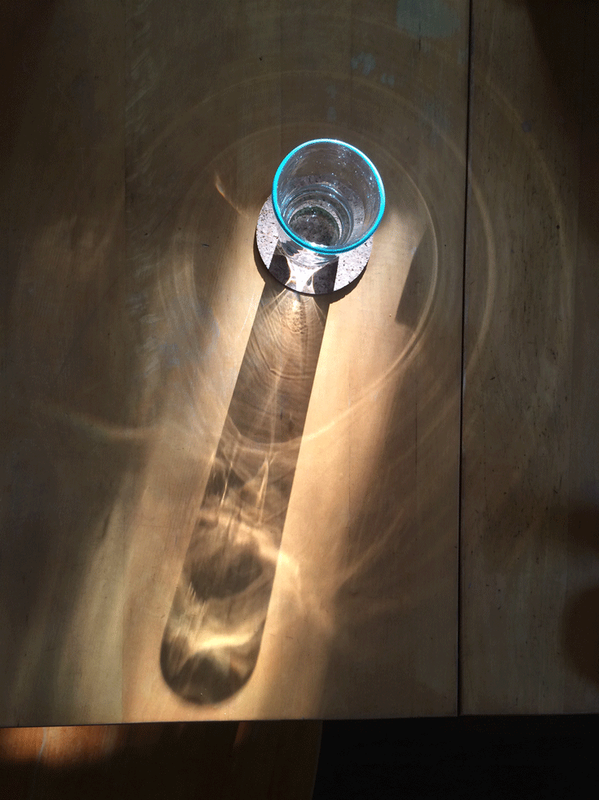
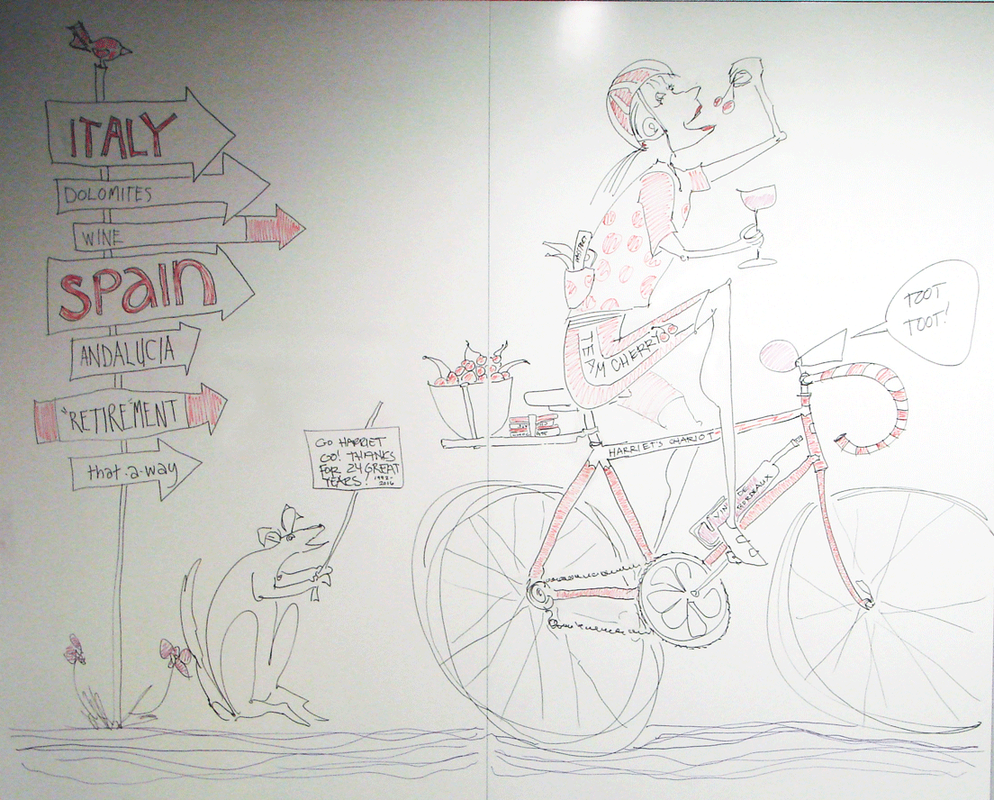
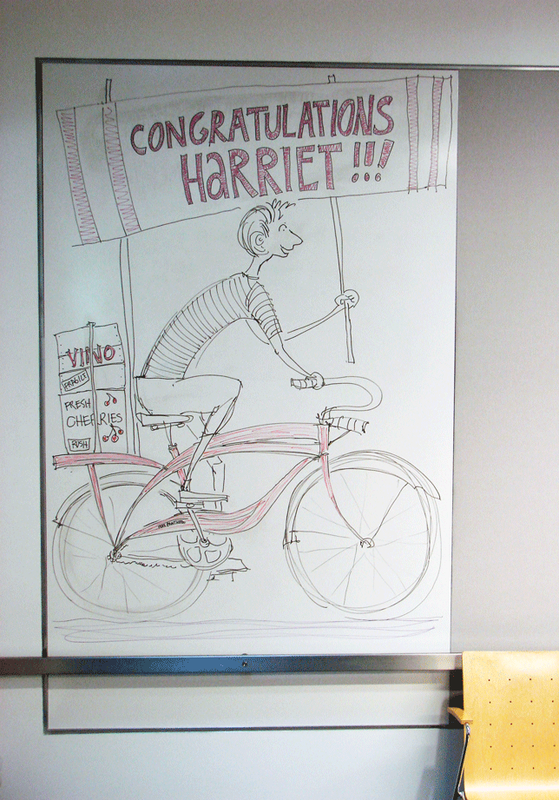
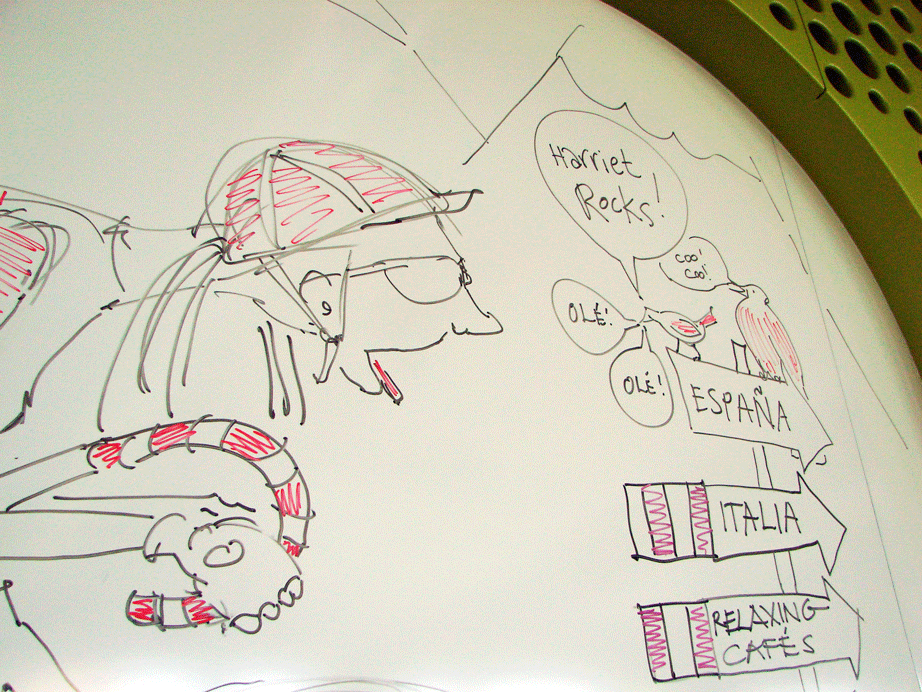
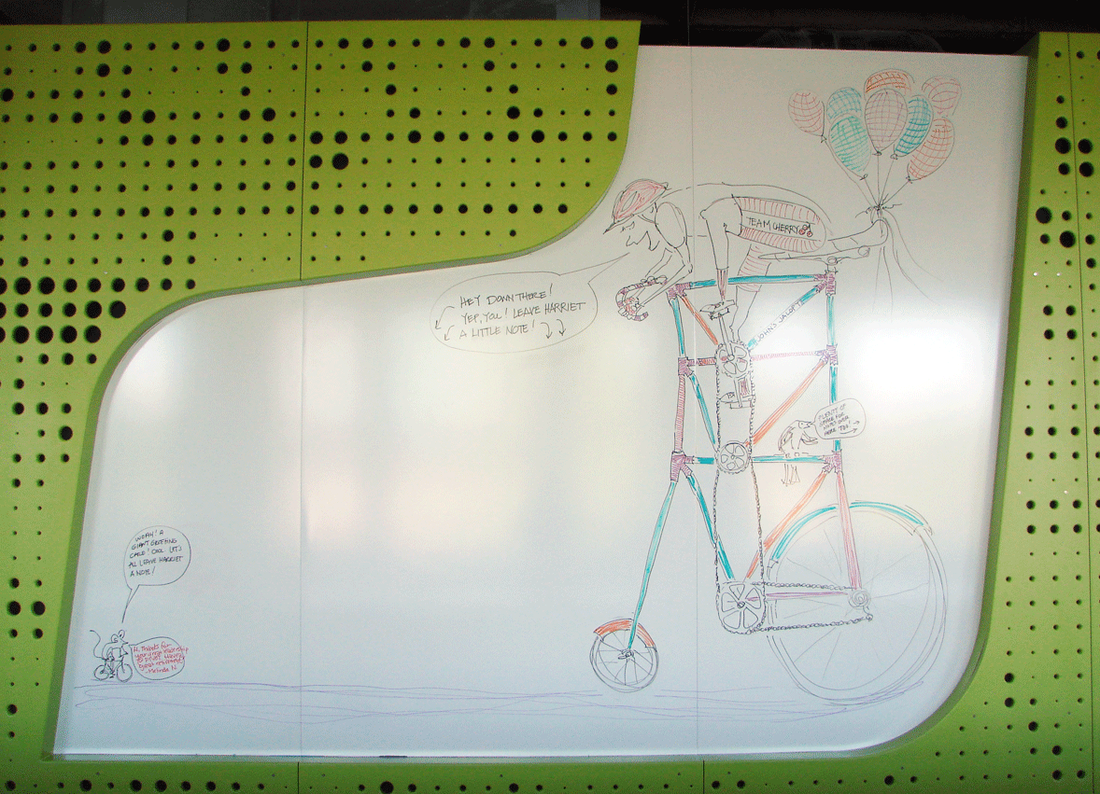
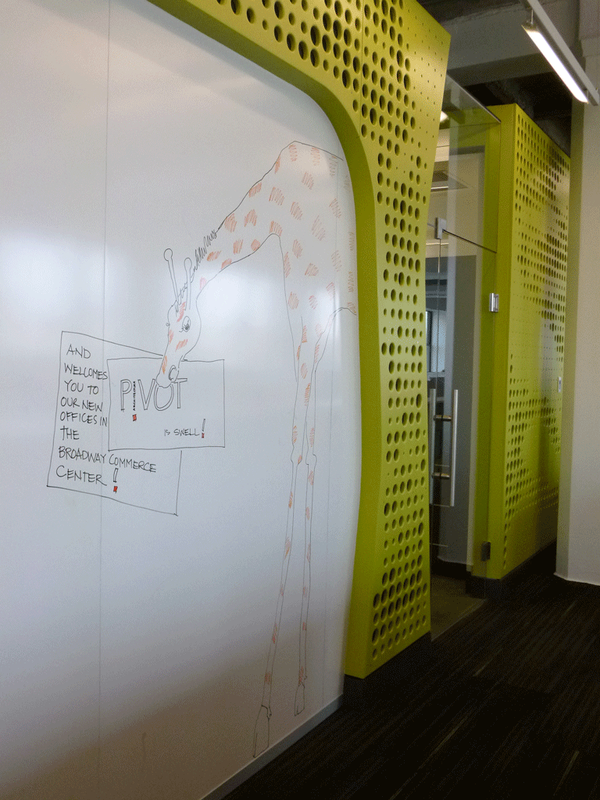
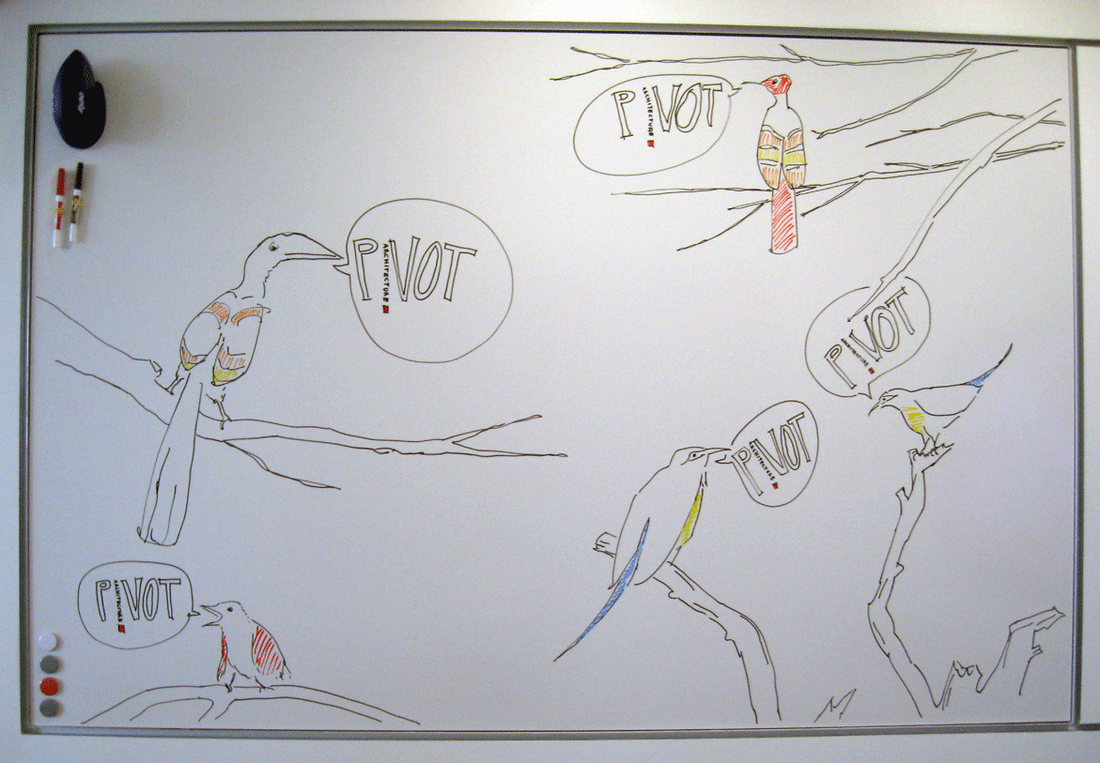
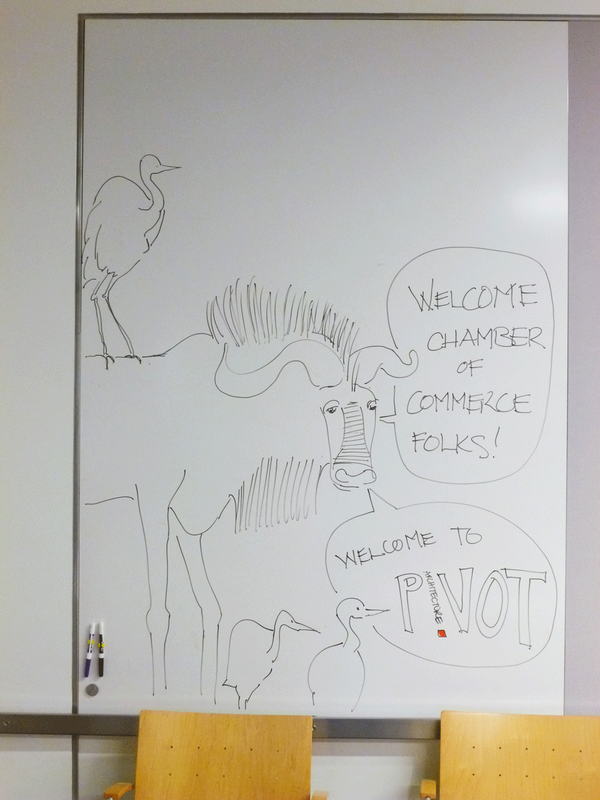
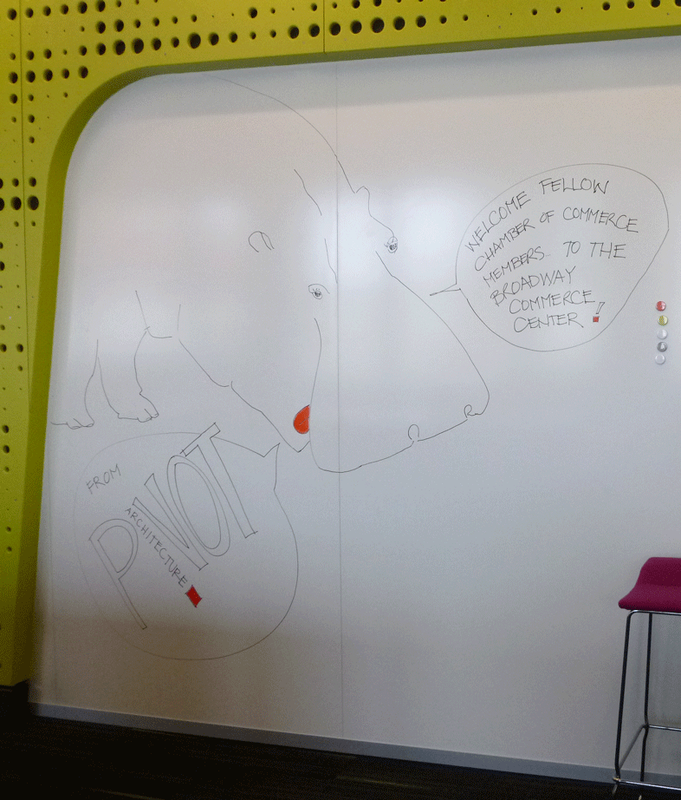
 RSS Feed
RSS Feed